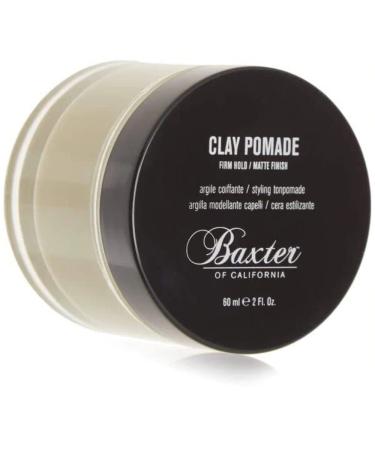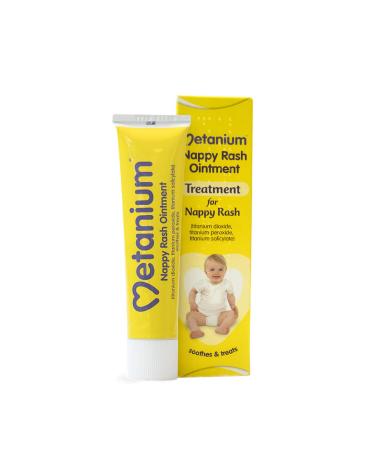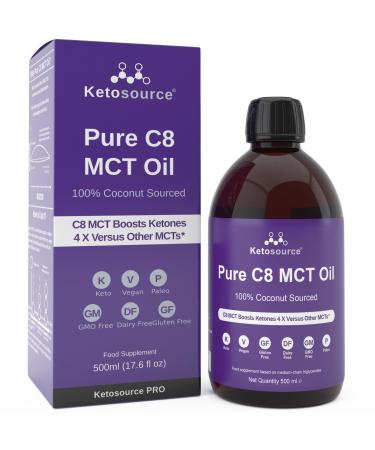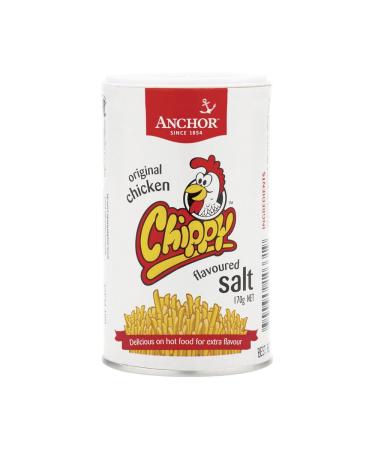What is quinoa? Quinoa, whose history dates back to the Incas and is a household name, is a plant from the Chenopodioideae subfamily.
Quinoa is a lentil-like plant from the Chenopodioideae subfamily. Although it has similarities to grains, it is not a graminaceae it is more similar to plants like spinach and beets. Where is it native to? Quinoa is native to South America.
It has been cultivated in Peru, Bolivia, and Chile for 5,000 years.
Quinoa, which is also cultivated and harvested in Türkiye, can be grown in the foothills of Mount Ararat, in Igdir, and in Bingöl. What does it contain? Quinoa, which contains a high amount of protein, is also rich in vitamins (A, B, C, D, and K), minerals, iron, zinc, calcium, and phosphorus.
It contains all nine amino acids our body needs and can be obtained from dietary supplements.
..
Quinoa, which also contains riboflavin (B2), contributes undeniably to energy metabolism in muscle and brain cells.
It supports our body's energy production. Where does this miracle in tiny grains fit into our lives? You can use quinoa in all the dishes you prepare using bulgur and rice to create more delicious and flavorful dishes.
You can also add it to your pilafs, soups, boiled salads, and dishes like meat and chicken.
Of course, quinoa's uses aren't limited to these.
You can also use it in flour form in cakes, muffins, cookies, and pastries.
Quinoa flour can be used in making pasta, crepes, bread, biscuits, muffins, and crackers.
Quinoa, a delicious and nutritionally rich food, is one of the most popular products recently. So, what are the energy and nutritional properties of this rich quinoa? Energy and nutrients per 100g: energy 366kcal fat 5.5g - saturated fat 0.6g carbohydrate 62g - sugars 0g protein 14g salt 0g glyph 10g Who can consume quinoa? Since it does not contain gluten, it is a valuable and important nutritional source for those with gluten intolerances.
Quinoa, which increases the protein content of the foods it is added to and enhances every dish with its rich content, is an essential ingredient on your table. Also rich in iron, quinoa can be included in nutrition programs for iron deficiency anemia. Does quinoa cause allergies? A person may be allergic not to quinoa itself, but to its saponins.
These are chemicals found in the skin of quinoa.
Saponins have a waxy structure that protects plants from insects.
Individuals become sensitive to saponins if exposed to them repeatedly.
It is beneficial for individuals with mild allergies to soak quinoa in water for half an hour before consuming it, then cook it before consuming it.
This practice can help remove saponins. What is the shelf life of quinoa? It has a shelf life of 1 year. How is quinoa packaged? It is packaged using kraft doypack zip-lock bags for up to 1000g. It is packaged using laminated polyethylene bags for 5-10,000g. How is it shipped? Shipments are made through contracted courier companies.
Tonnage purchases are made through warehouses, logistics companies, and contracted carriers. Tomato Quinoa Soup Ingredients: One cup of quinoa One cup of water One onion Two cloves of garlic Three tablespoons of olive oil Half a kilo of tomatoes One teaspoon of salt One teaspoon of black pepper (optional) One teaspoon of chili pepper (optional) Directions: Wash and drain the quinoa. Add water to a pot and bring to a boil, then boil the quinoa. Finely chop the onion. Fry the chopped onions with olive oil. Finely chop the garlic and add it to the onion. Finely chop the tomatoes and add them to the onion and garlic, cook for another 5-6 minutes. Puree the mixture with a hand blender. Add 1.5 cups of water and let it boil. After boiling, add salt and spices and mix. Finally, add the boiled quinoa to the soup, cook for another 2-3 minutes and serve. Bon appetit













